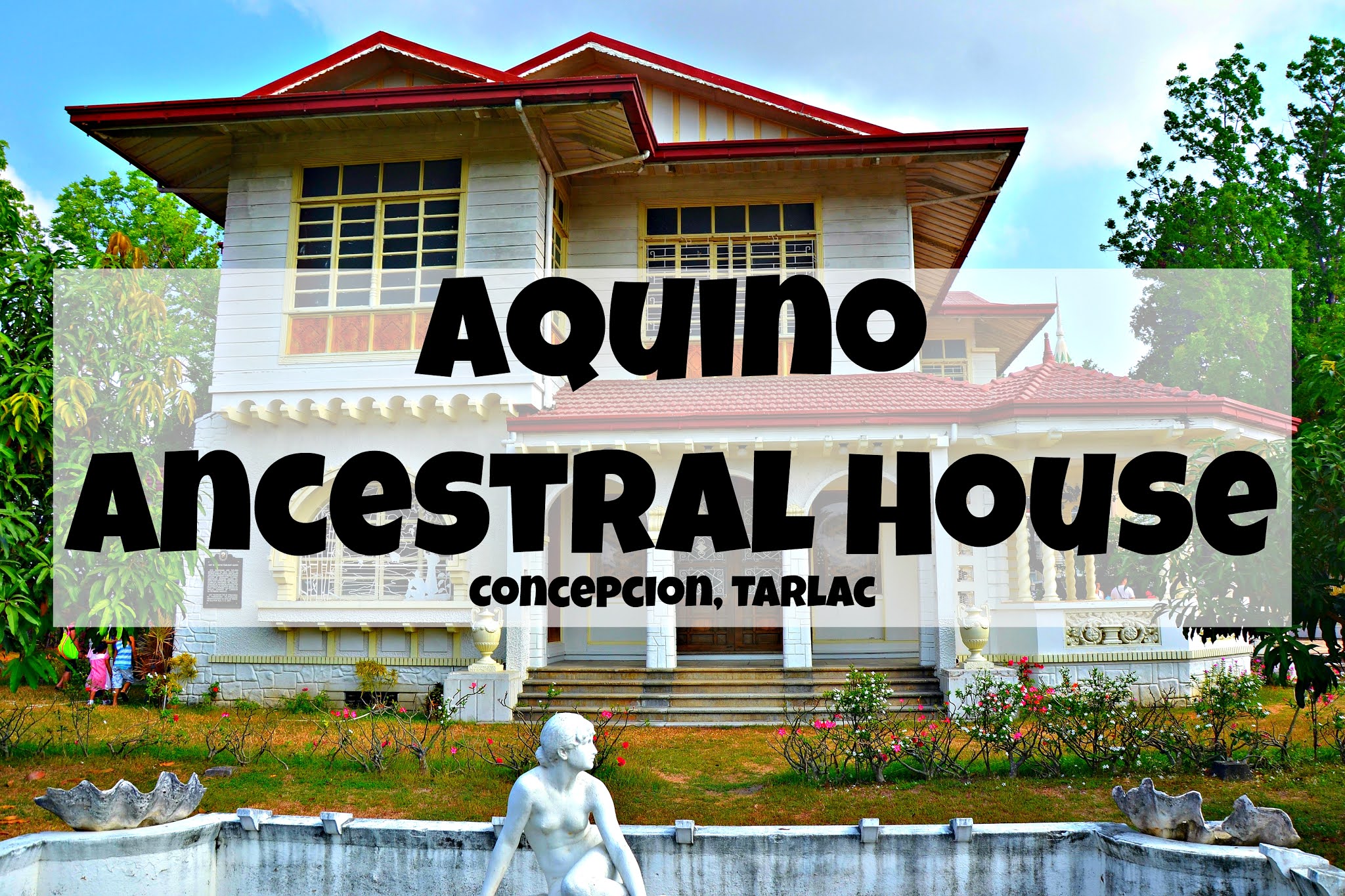Mashike's Motojinya - Hokkaido
Mashike’s Motojinya, formally called Mashike Town General Exchange Promotion Facility Motojinya (増毛町総合交流促進施設元陣屋(もとじんや)) is a community center, library, and museum rolled into one. It is located at 4-49 Eijucho in the town of Mashike in Hokkaido Prefecture, Japan.
 |
| Mashike's Motojinya |
Mashike’s Motojinya Details
 |
| Motojinya - Mashike town, Hokkaido Prefecture |
The Motojinya General Exchange Promotion Facility, established by Mashike Town in 1996, serves as a hub for cultural exchange. It features a local history information room, library, meeting spaces, and a multipurpose gallery, promoting lifelong learning and cultural sharing for residents and visitors alike. Within the local history room, you can explore the history of Mashike Town, including the construction of Motojinya by the Akita Domain at the end of the Edo period, which functioned as a northern security base.
 |
| 増毛町総合交流促進施設元陣屋(もとじんや) |
 |
| The Motojinya's facade |
 |
| You could see salmon decorations outside the Motojinya |
One of the questions visitors usually ask is, "What is a Motojinya?" Here are some information for everyone. In 1855, during the second year of the Ansei era, the Akita Domain was tasked with guarding the northern region. This led to the construction of Motojin'ya as a samurai barracks the following year. Today, the area around Eijucho in Mashike-cho is recognized as the site of Motojinya, from which the facility takes its name.
 |
| Some of the decorations in the lobby area |
 |
| Motojinya's Floor Information |
In 1853, as Commodore Perry arrived in Uraga aboard his black ships, the fishing territories of the Japanese had extended to Sakhalin. That same year, a Russian vessel occupied Kushunkotan in Sakhalin, heightening the urgency for northern defense. In response, various regions of Ezo (Hokkaido) were placed under direct shogunate control, and the Tohoku feudal domains were dispatched to oversee and develop the area, establishing jin'ya (camps) throughout.
Motojinya Library Area
The "moto" in Motojinya signifies "base." The Akita clan also built jin'ya in Soya and Karafuto for seasonal guard duties, returning to Mashike in winter. For about 12 years, the Akita clan managed security and development from the original jin'ya in Mashike.
Motojinya Museum Area*
While they never faced direct conflict with Russia, the buildings were constructed simply, leading to many fatalities due to cold and disease during winter months. Most illnesses were attributed to scurvy from a lack of vegetables, resulting in over 30 deaths in some winters. The harsh Hokkaido winter was perhaps their greatest concern, rather than the Russian military.
As written earlier, in 1996, the former jinya was transformed into a "General Exchange Promotion Facility," which now includes a local materials exhibition room, library, and video experience area.
Team Nicerio visits Motojinya
 |
My family and I visited Mashike's Motojinya for the first time on March 4, 2023. It marked my 488th day in Japan as an ALT with the JET Programme. Initially, we planned to spend the day in the library, enjoying some quiet time and warmth since it was quite chilly at home. However, when we discovered a museum in the community center, my daughter and I eagerly explored it and learned about Mashike's fascinating history. We were particularly captivated by the exhibits on the Akita Clan, who once defended Hokkaido against the Russians. One of our favorite experiences was dressing up as samurai warriors, which made us realize how difficult and time-consuming it is to put on full battle gear—it’s quite heavy, too! This experience deepened my respect for them significantly.
Mashike’s Motojinya Admission Fee
Entry to the public areas of Mashike's Motojinya, such as the library, is free. However, there is an admission fee for the museum/exhibit room:
- Adults and university students: 400 yen
- High school students: 300 yen
- Elementary and junior high school students: 200 yen
*Groups of 10 or more will receive a discount of 100 yen per admission.
Mashike’s Motojinya Operating Hours
Mashike’s Motojinya is open from 9 AM to 5 PM. It is closed every Thursday unless it is a public holiday.
Why visit Mashike’s Motojinya?
Visiting Mashike's Motojinya is a fantastic way to immerse yourself in local culture and history. The facility features a museum that explores the significant role of the Akita Clan in defending Hokkaido, providing valuable insights into the region's past. Interactive experiences like dressing up as a samurai warrior offer hands-on engagement with Japan's rich heritage. Additionally, the library and public spaces provide a peaceful setting for relaxation or reading, making it an ideal spot for families. With opportunities to participate in community events and workshops, Motojinya serves as a vibrant hub for cultural exploration and connection.
Getting to Mashike’s Motojinya
When Driving Your Own Car
From Sapporo: The trip takes about 1 hour and 25 minutes via the expressway and high-standard road (130 km) to Rumoi Owada through Fukagawa JCT. From Rumoi Owada to Mashike, it takes an additional 30 minutes on National Routes 233 and 231 (25 km). Alternatively, you can take a coastal route on National Route 231, which takes approximately 2 hours (110 km).
From Asahikawa: Via Fukagawa JCT, you can reach Rumoi Owada on the expressway and high-standard road in about 80 km, followed by a 30-minute drive on National Routes 233 and 231 (25 km) to Mashike. Another option is to take National Routes 12, 233, and 231, which will take around 1 hour and 40 minutes (100 km).
Public Transportation
To use public transportation, start in Rumoi City. Take the Rumoi – Betsukari Line operated by Engan Bus from any bus stop in Rumoi. Get off at the Mashike Eiju-cho 1-chome bus stop and walk a few blocks to reach Mashike's Motojinya. You can check the bus schedule from the official website of Engan Bus 👉HERE👈.
Rating:
| Cleanliness |
| Overall rating |
 |

















































Comments
Post a Comment